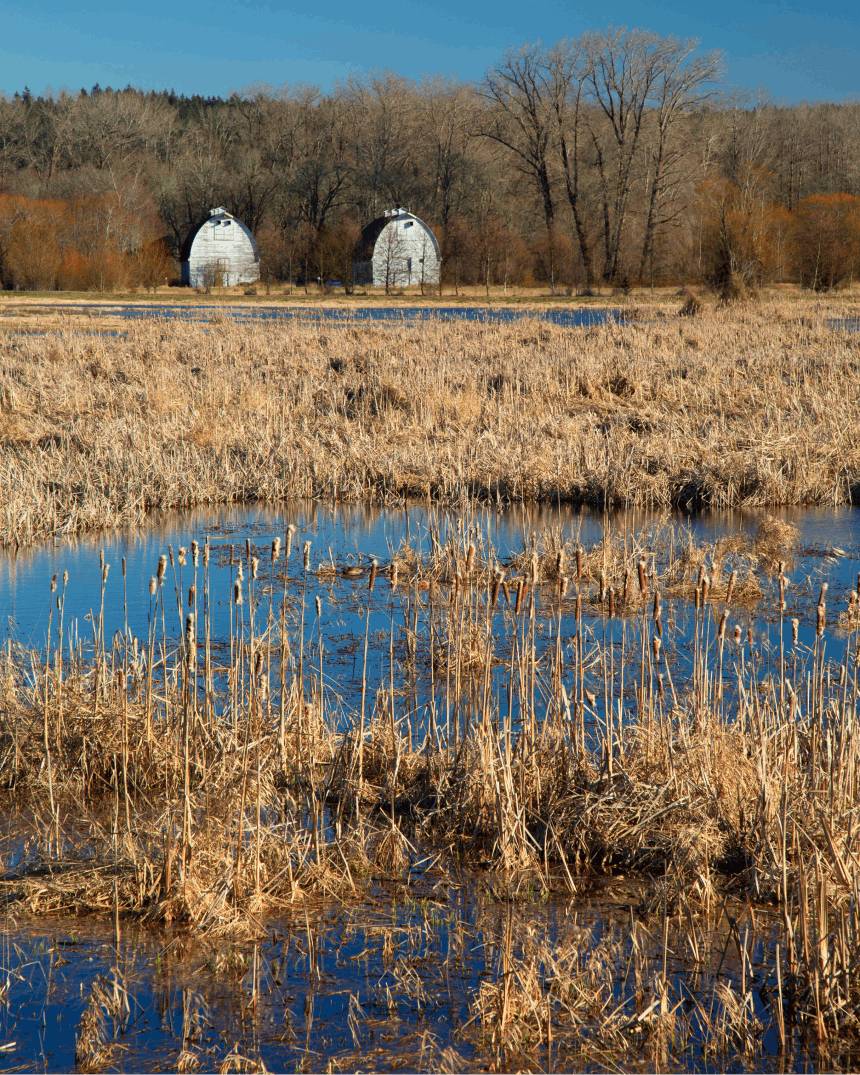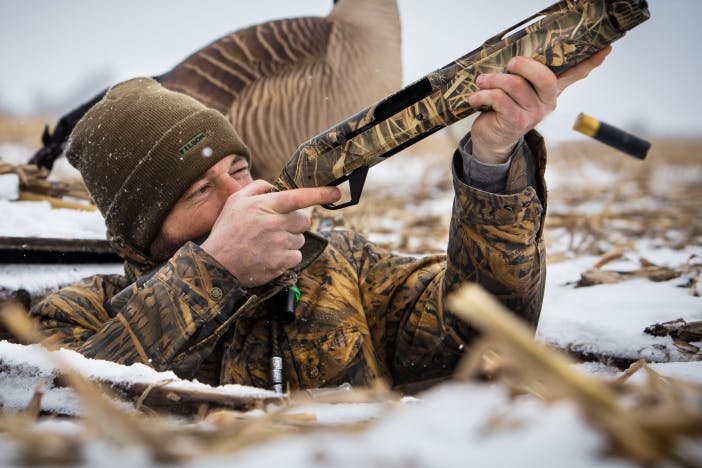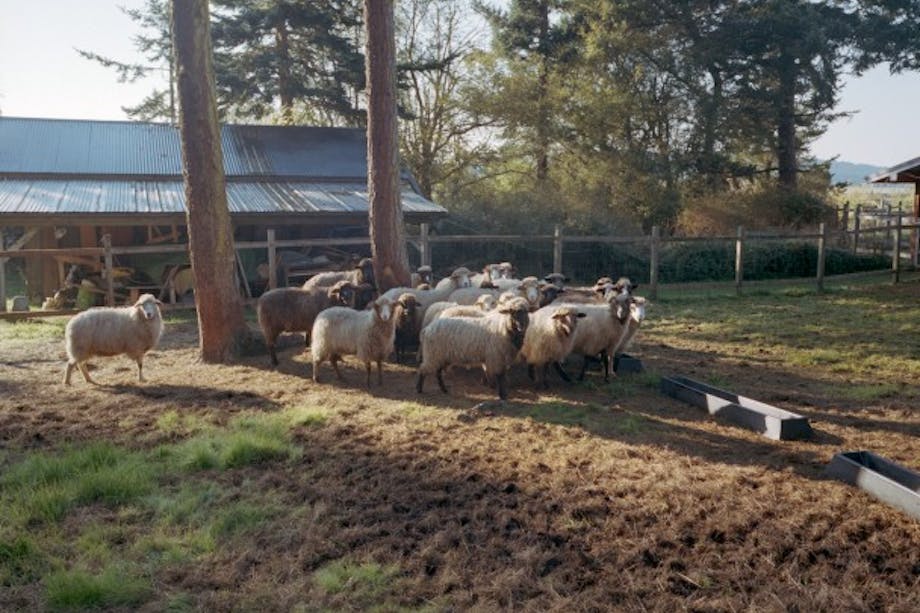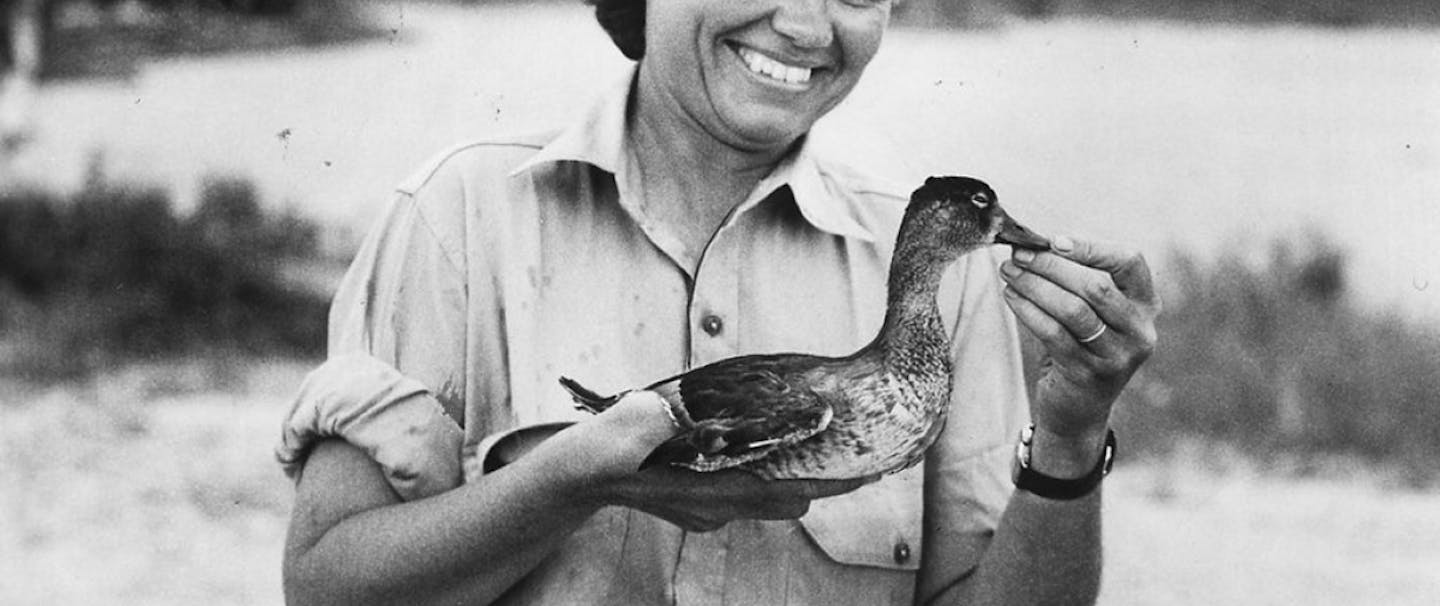An estuarine wetland is a brackish habitat where freshwater meets the saltwater. Estuaries contain nutrients and sediment from both the land and sea connecting the two and fueling an abundant assemblage of plants, animals, and invertebrates. The landmark Nisqually Estuary Restoration Project is the largest of its kind ever undertaken in the Pacific Northwest.
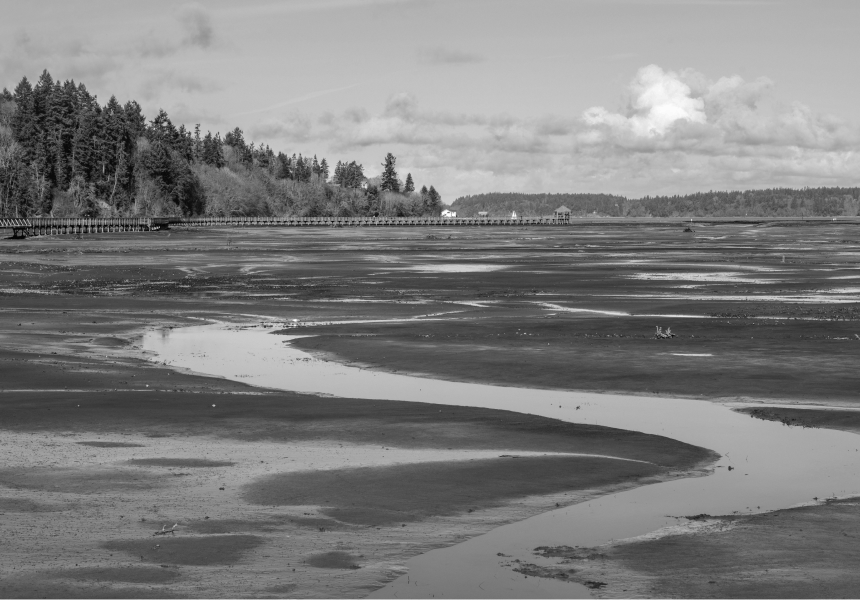
Low tide at the Billy Frank Jr. Nisqually National Wildlife Refuge, Washington, U.S.A.
Because the estuary was diked and dammed for more than a hundred years, it took a decade of planning and on-the-groundwork to restore tidal flow. The end result: the successful reconnection of 762 acres of the estuary to the Puget Sound. The project included restoring 37 acres of riparian surge plain habitat and enhancing 240 acres of freshwater wetland habitat. More than 4 miles of the dike was removed to allow tides to flood the area, increasing salt marsh habitat in South Puget by 50 percent. Combined with 140 acres previously restored by the Nisqually Indian Tribe, more than 900 acres of the Nisqually estuary has now been restored. Ducks Unlimited engineers, biologists, and construction workers spent 18,000 man-hours on the project, which included moving 500,000 cubic yards of dirt and 6,000 cubic yards of riprap. Now, in just a single tide, more than 500 million gallons of water flows through the estuary, creating an unparalleled habitat teeming with waterfowl, fish, and other wildlife.
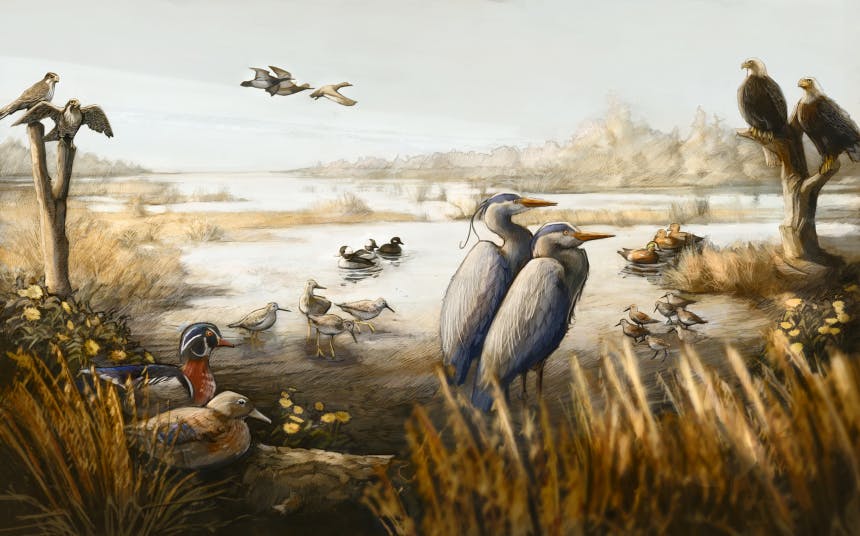

American Wigeon: American Wigeon nest farther north than any other dabbling duck with the exception of the northern pintail but can be found all over North America. They breed throughout northern Saskatchewan, Alberta, Manitoba, Alaska, and the Northwest Territories. They are aquatic grazers and forage on grasses and sedges in wet meadows and pastures.
Bufflehead: Buffleheads breed from southern Alaska through the forested areas of western Canada, central Ontario, and eastern Quebec. Ninety percent of the population is believed to breed from Manitoba westward. Buffleheads are cavity-nesting ducks and prefer to nest near lakes and deep ponds with associated temperate woodlands.
Lesser Scaup: Lesser scaup have one of the most extensive breeding ranges of North American ducks. Their breeding range extends from the northern United States through the Prairie Pothole Region, to the Bering Sea, with the largest breeding populations occurring in the boreal forests of Canada.
Wood Duck: There are ducks and then there is the Wood Duck, extraordinary in almost every way. From the flashy plumage to the nesting habits, everything about this bird defies expectation. The Wood Duck is one of the few waterfowl species present at the Refuge during the summer months.
Dunlin: In spring, a conspicuous black belly patch distinguishes this bird. Using swift probing movements, they feed near the water’s edge for tiny clams, worms, and shrimp-like animals. Dunlins winter in the warm climates of the Northern Hemisphere and are one of the few shorebirds that winter in Grays Harbor.
Greater Yellowleg: Large sandpipers were once a popular game for bird hunters. Now shorebirds are protected. Common names of large pipers often derive from the hunting era. Yellowlegs, for instance, are also called tattlers because these high-strung birds would be the first to raise a noisy alarm when shooters were spotted.
Great Blue Heron: The great blue heron is a large wading bird in the heron family Ardeidae, common near the shores of open water and in wetlands.
Bald Eagle: Few species are as iconic to our national identity as the Bald Eagle. Looking around the Refuge on a winter day, when the local population is highest, it would be easy to forget how close the Bald Eagle came to extinction only a few decades ago. This is a true conservation success story.
Peregrine Falcon: Thought to be the fastest bird in the world, Peregrine falcons dive after prey at speeds of up to 240 miles per hour. They hunt over dense concentrations of shorebirds, ducks, and seabirds and will follow shorebirds as they migrate north. Watch for them as they swiftly enter the mudflat area and cause shorebirds to rise up in large, tight flocks to try to outmaneuver the peregrine.
Puget Sound Gumweed: Grindelia integrifolia, common name Puget Sound gumweed, is a plant species known only from Oregon, Washington and British Columbia.
Lyngby Sedge: Carex lyngbyei is a species of sedge known by the common name Lyngbye’s sedge. It is native to the west coast of North America from Alaska to California, where it is the common sedge of the Pacific coastal salt marshes.
Tufted Hairgrass: Deschampsia cespitosa, commonly known as tufted hairgrass or tussock grass, is a perennial tufted plant in the grass family Poaceae.

Great Blue Heron at the Billy Frank Jr. Nisqually National Wildlife Refuge.
